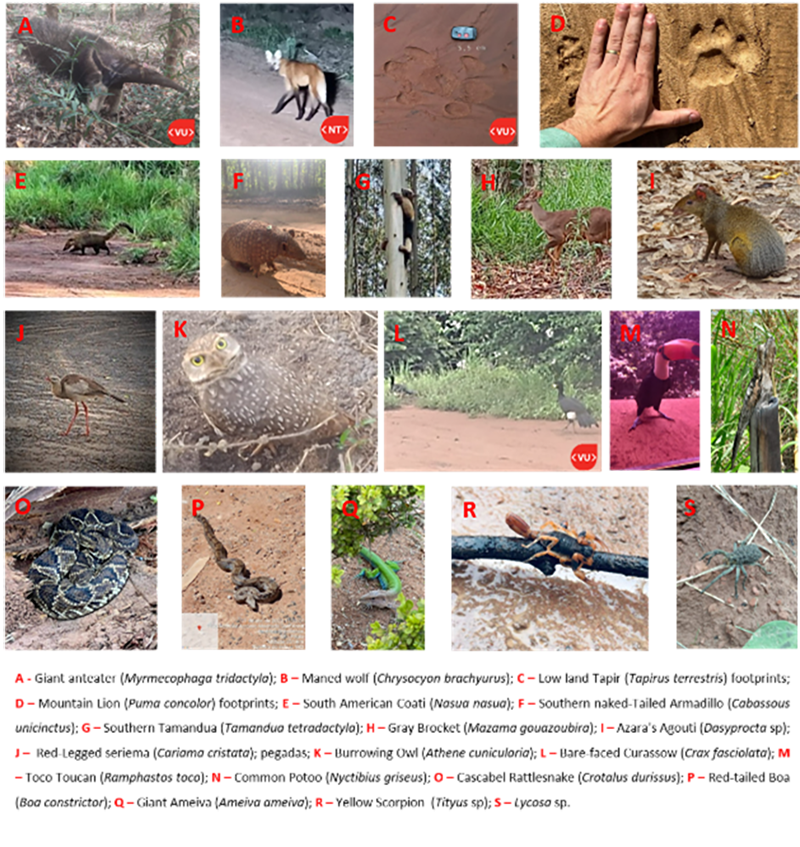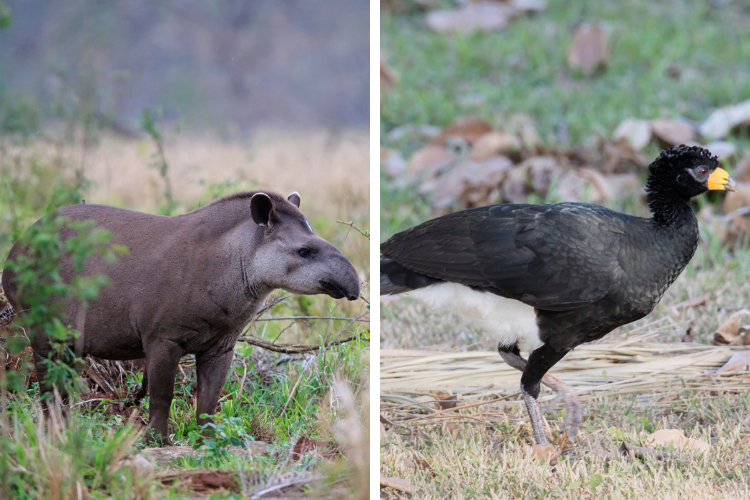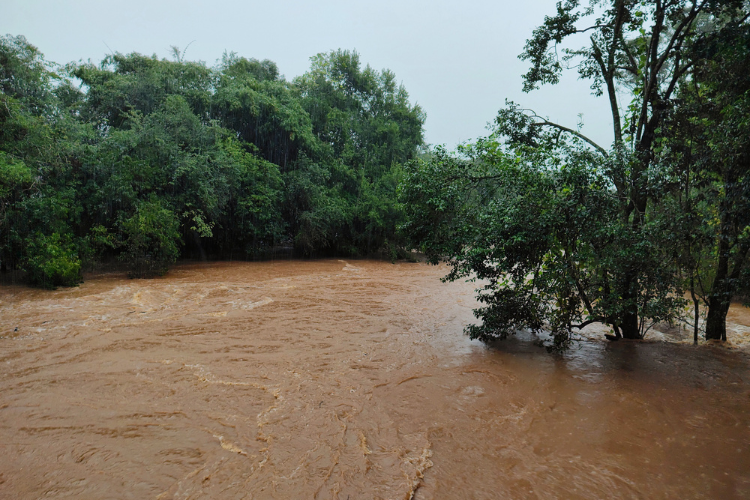MOGI GUACU, Brazil — Sylvamo employees spotted a South American tapir and a bare-faced curassow for the first time on company-owned forestland. Both are at high risk of extinction in the state of Sao Paulo according to the International Union for Conservation of Nature’s red list, which is a critical indicator of the health of the world’s biodiversity.
Guided by a concept of “knowing to conserve,” Sylvamo’s biodiversity monitoring program, known locally as Bem-te-vi, engages employees to help protect and conserve local biodiversity on company-owned forestland by recording wild animals and descriptors such as tracks and physical behavior.

Recording the presence of these animals helps contribute to restoring vulnerable populations and allows the company to better understand its natural environment, which is key to being an effective steward.
“We have been able to track the presence of a wide variety of species living in our native vegetation and eucalyptus planting zones since 2007 thanks to this program,” said Wellington Cardoso, environment and sustainability coordinator. “The involvement of our own professionals and a third-party is crucial for maintaining forest certifications, monitoring biodiversity and knowing to conserve the diverse wildlife found in our forests.”
Since the program’s inception in 2007, 373 professionals have contributed by monitoring and registering data on nearly 5,200 animals and 115 species of birds, 52 species of mammals, 31 species of reptiles and 13 species of invertebrates.
Data from the program is published in the company’s annual Forest Management Plan and shared with research institutes and partner universities to better understand the forest and monitor the evolution of restoration and conservation levels. The partnership has generated published papers, helping advance sustainable forest management the past 20 years.




